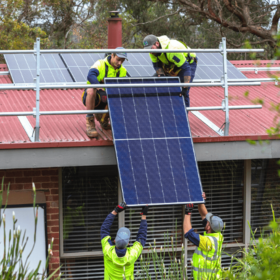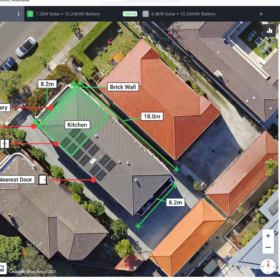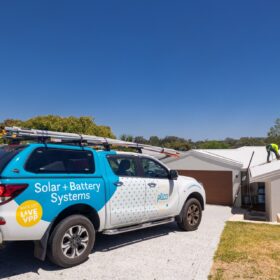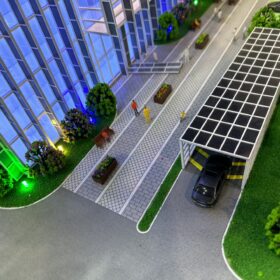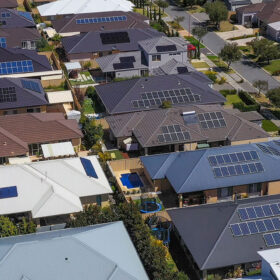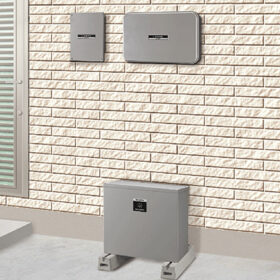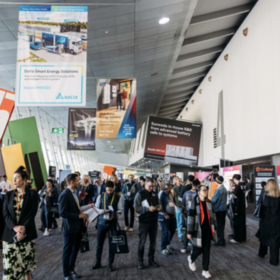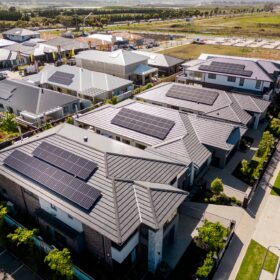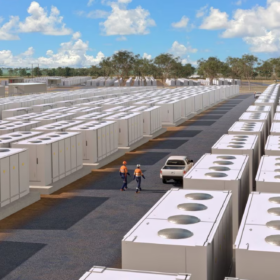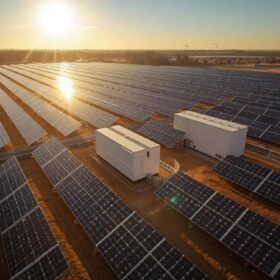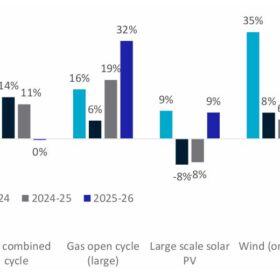Household solar electricity generation in the Australian national accounts
The Australian electricity industry has transformed over the past two decades, driven by the rise of household solar and other renewable energy sources. Since 2010, supported by government incentives and improving technology, rooftop solar installations have surged.
GreenSketch 3.0 fast tracks solar and battery install design and business
Australian solar distributor OSW Group has enhanced its free solar, battery design and installation business tool, GreenSketch version 3.0 with new AI-powered features, that simplify and accelerate workflows.
Plico eyes national rooftop solar and storage rollout with CEFC support
Western Australian clean energy tech provider Plico will target all states and territories with its combined rooftop solar, home batteries and virtual power plant offering after securing up to $35 million in federal government funding.
Distributed energy resources test lab opens in Western Australia
Western Power has launched Western Australia’s first distributed energy resources text lab at it’s South Metro Depot to trial how rooftop solar, batteries, electric vehicles and smart appliances can connect, communicate and interact.
South Korea mandates solar systems at public parking lots from late November
The South Korean government says all public parking lots larger than 1,000 square metres will be required to install solar power systems from the end of this month, as part of a nationwide policy to accelerate renewable energy adoption in urban areas.
Three hours of free power sounds great – but it could raise other costs and hamstring rooftop solar
It was the news that rippled around the nation – and then the world: at least three hours of free grid-supplied electricity for Australian households, every day.
Japanese utility uses Sharp PV-linked home batteries for grid balancing
Japanese utility Tohoku Electric Power is using Sharp’s residential batteries and AI-powered energy management systems to balance grid demand and optimise household solar energy use. Customers in the program can earn points redeemable for local products.
Key takeaways from All Energy Australia 2025
Despite the ongoing challenge of solar price cannibalization, Australia’s PV marketplace appears set for a period of acceleration. Renewable energy targets, supportive policy, and looming coal closures will require ongoing solar and storage installations – and a large pipeline is taking shape.
New Zealand introduces building consent exemption for rooftop solar
The New Zealand government has brought into force that a building consent is not required to install rooftop solar panels on any building, though conditions apply and installations must comply with the country’s building code.
China expands highway solar as provinces race to decarbonise transport
China is rapidly installing PV along highways, combining slopes, tunnels, and service areas to generate renewable electricity and cut transport-sector emissions.
